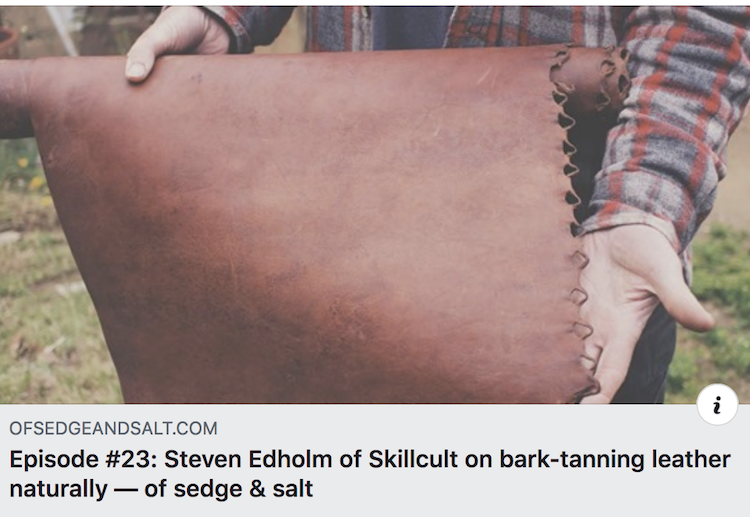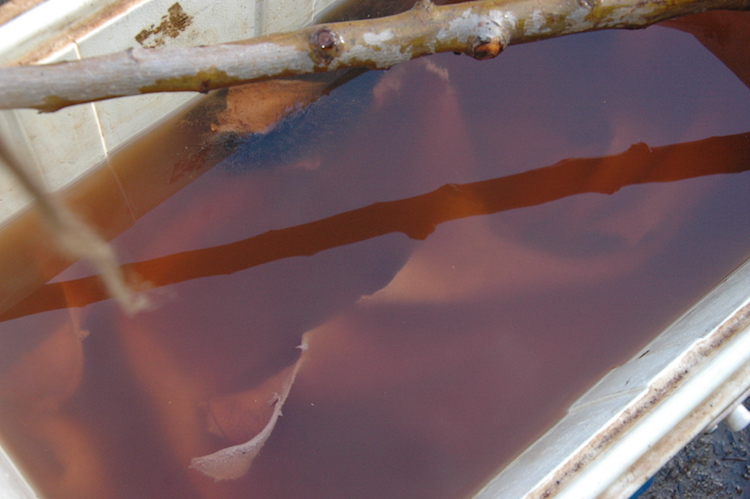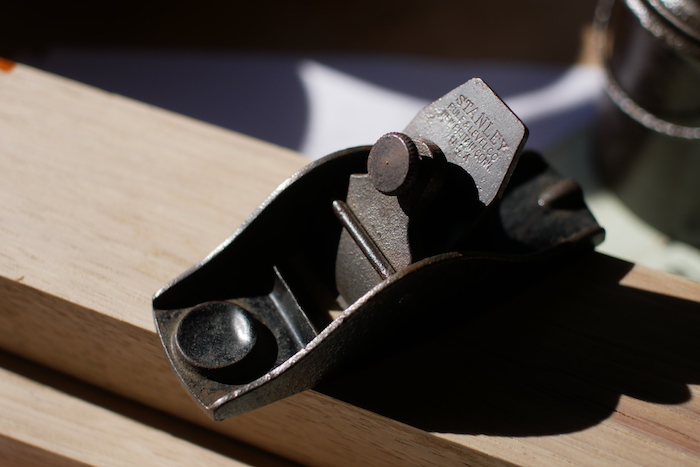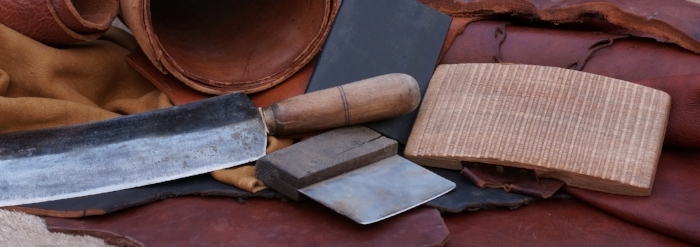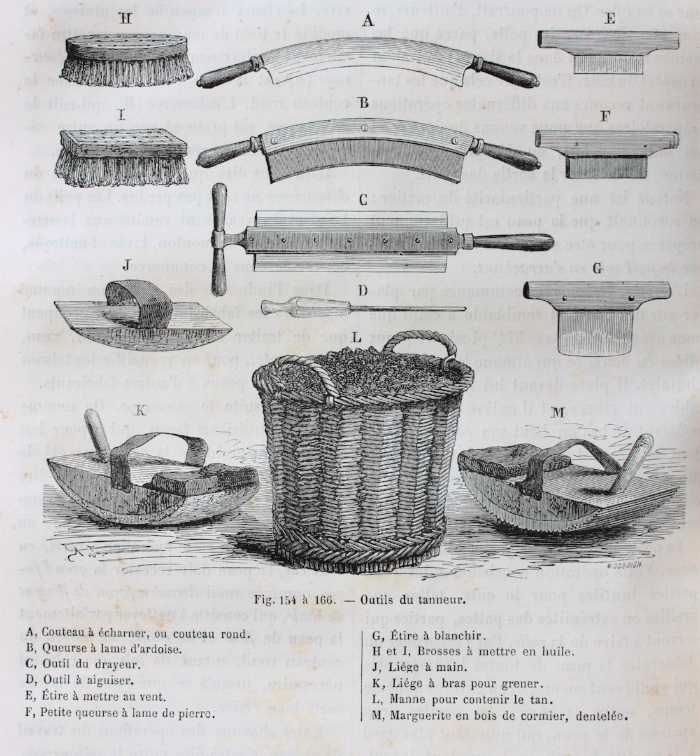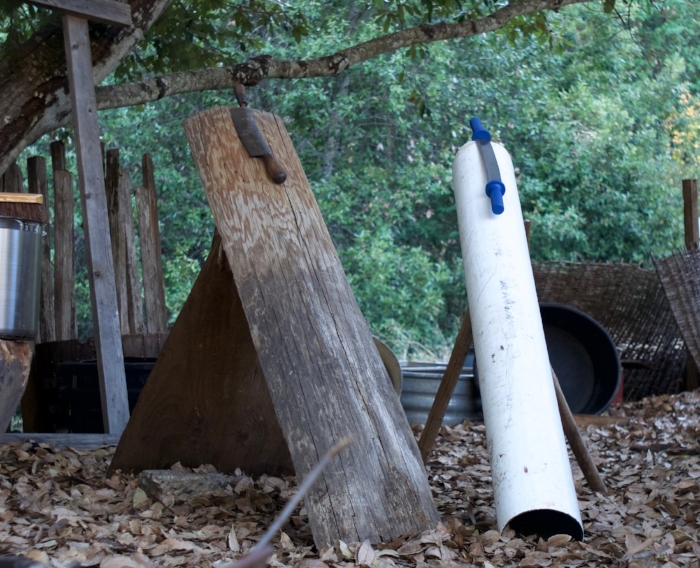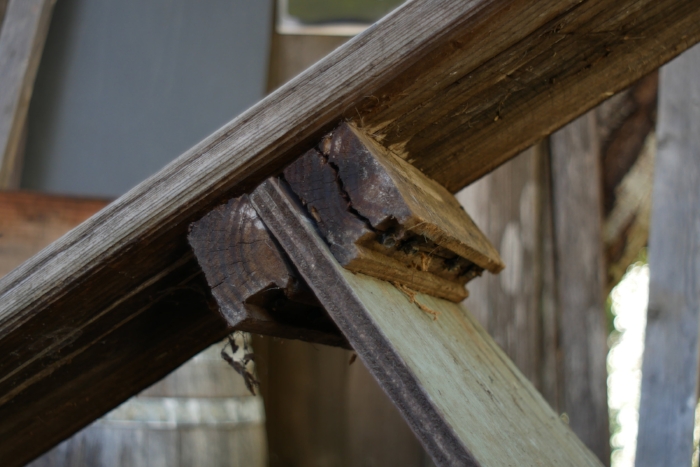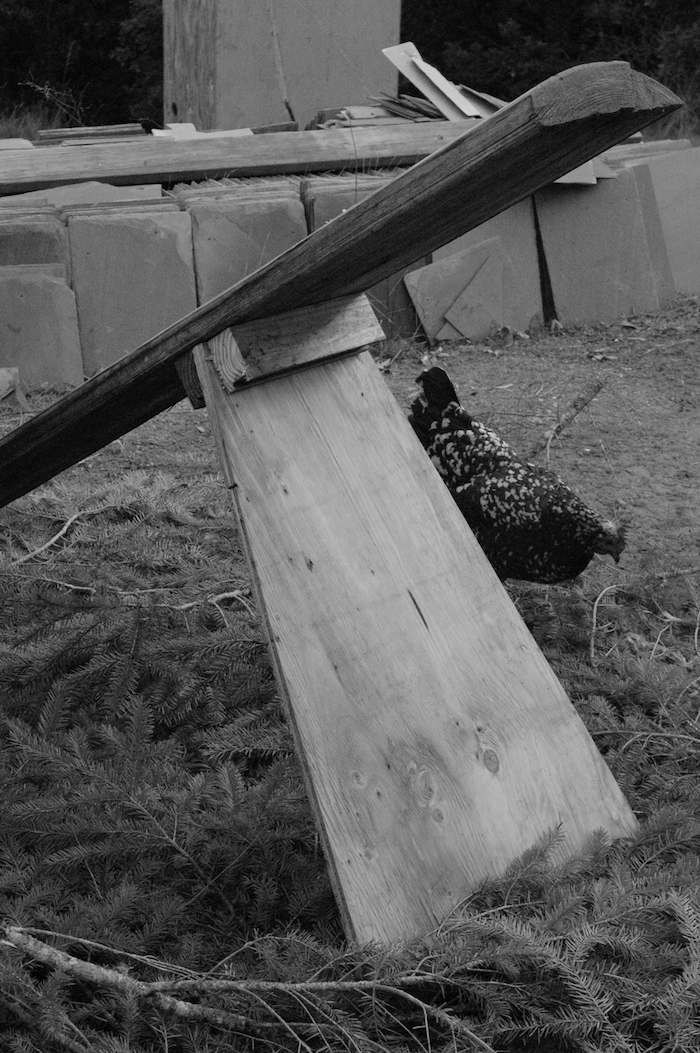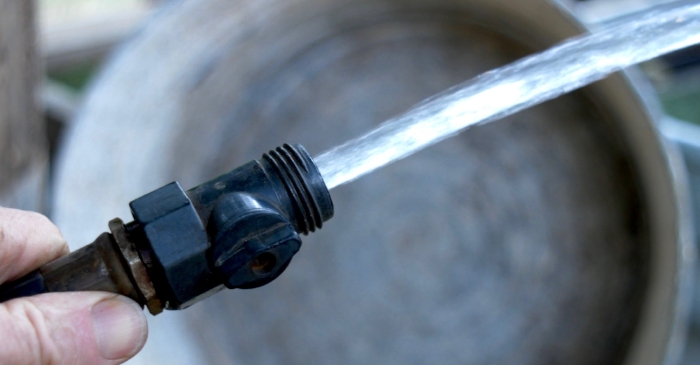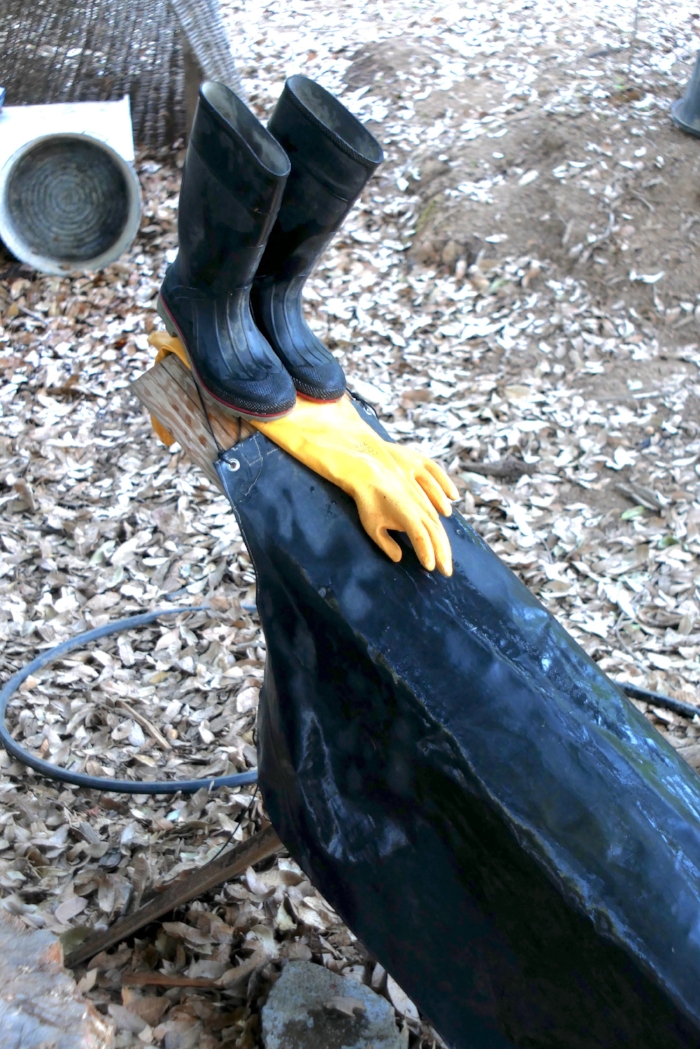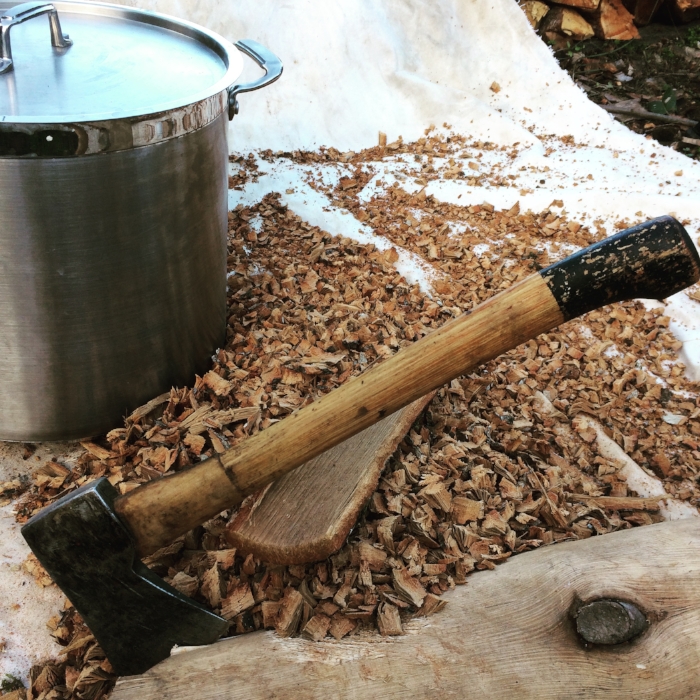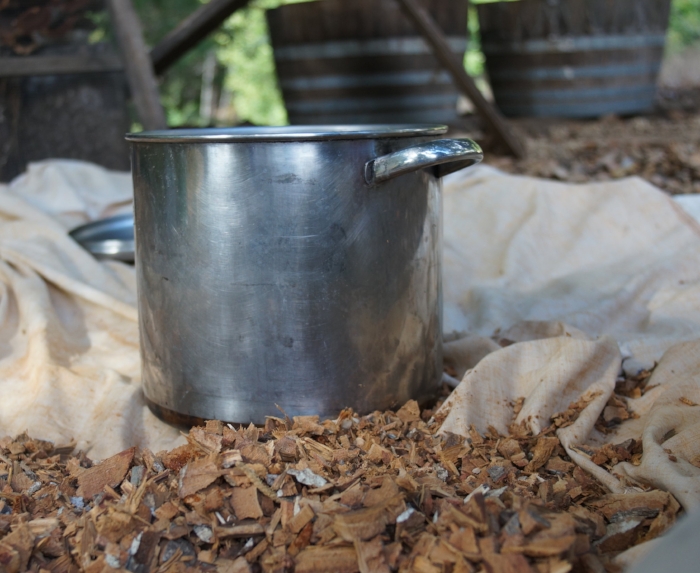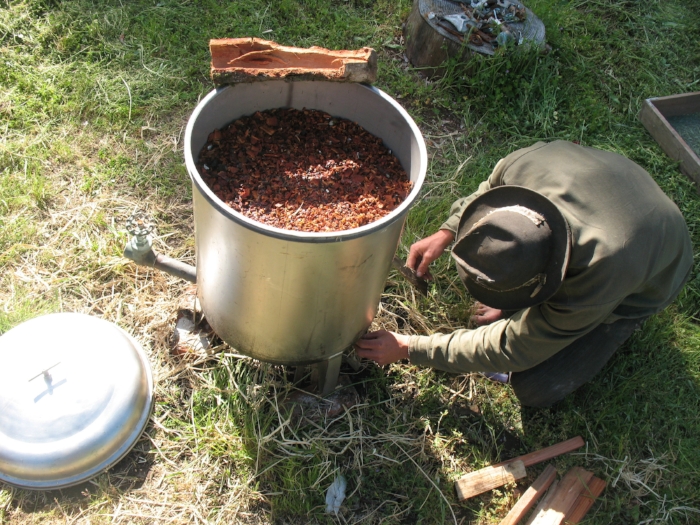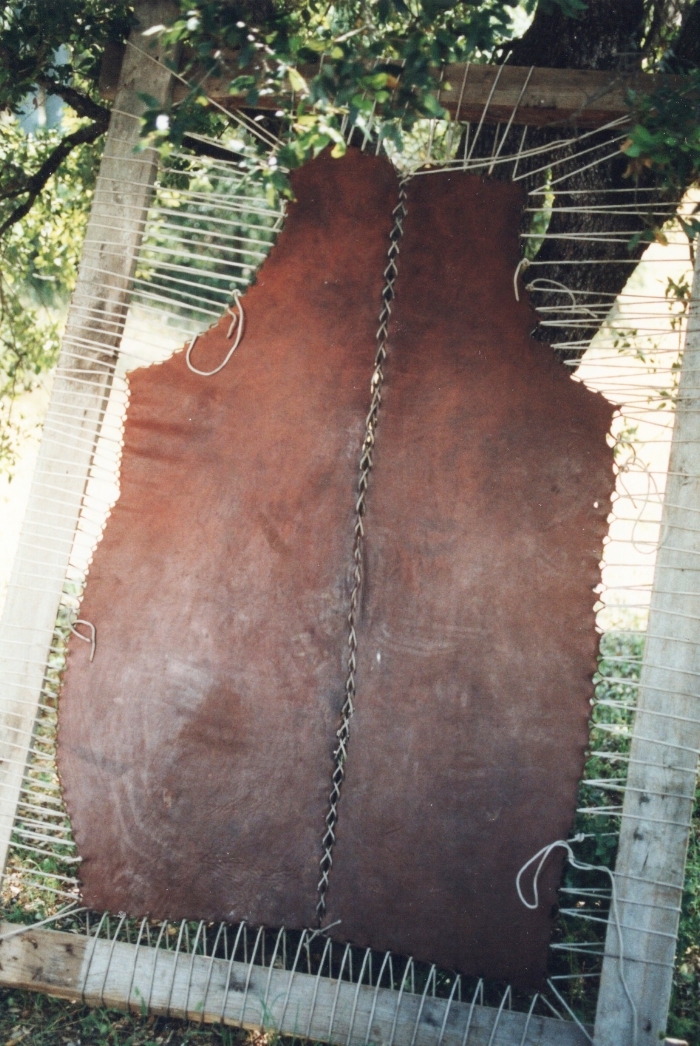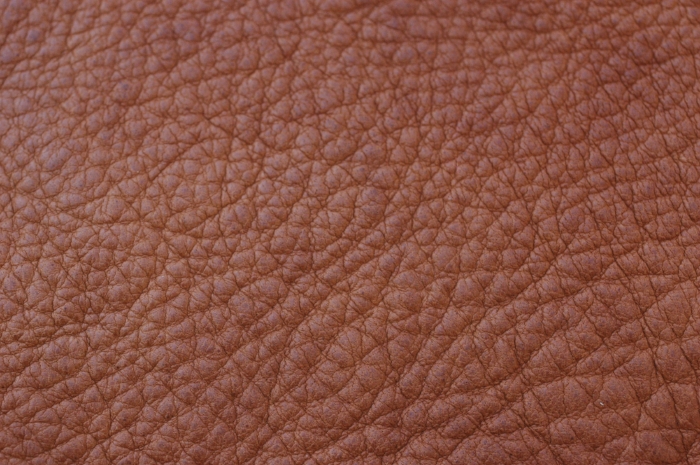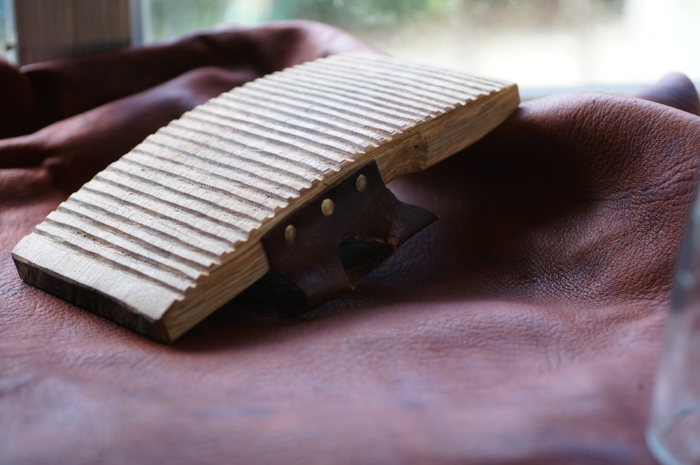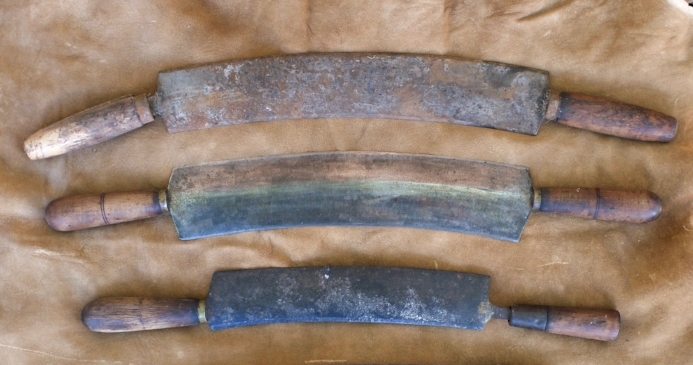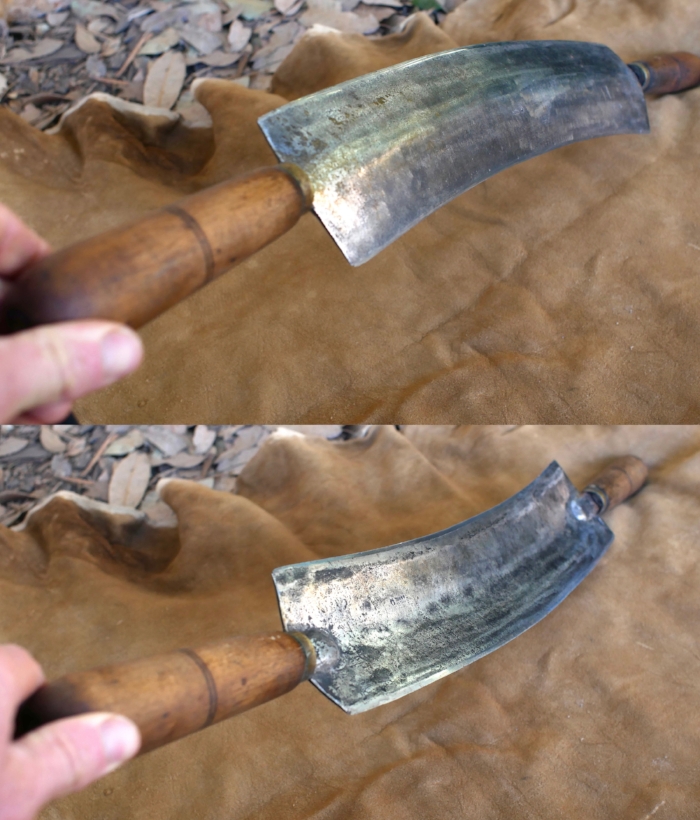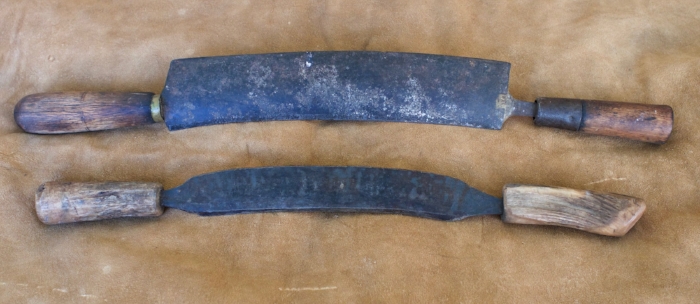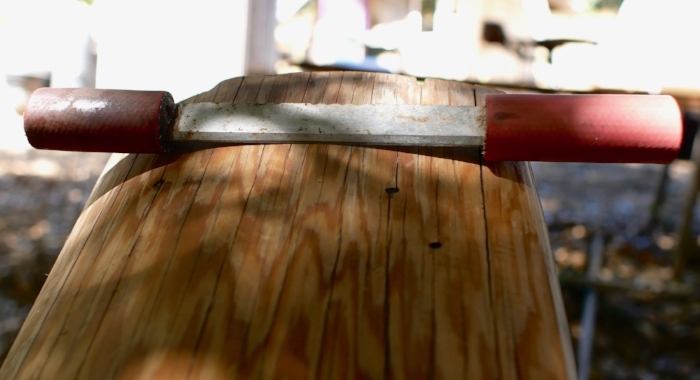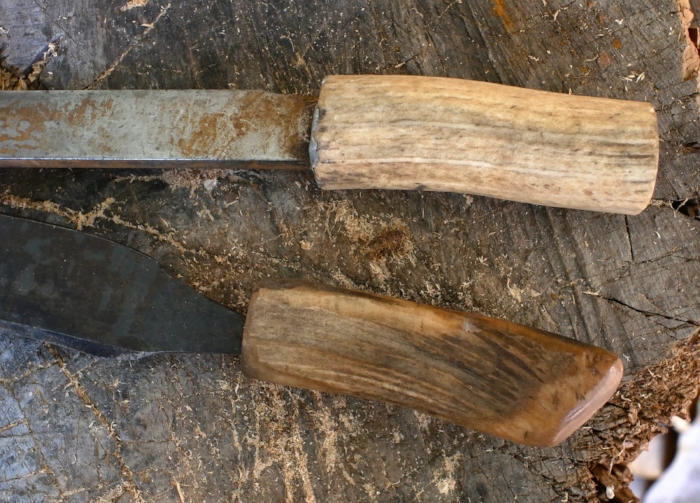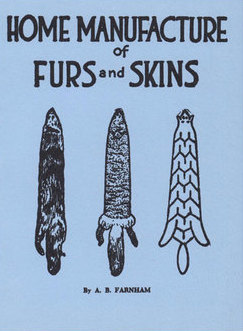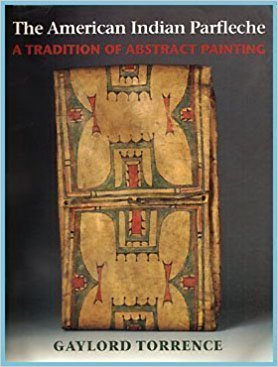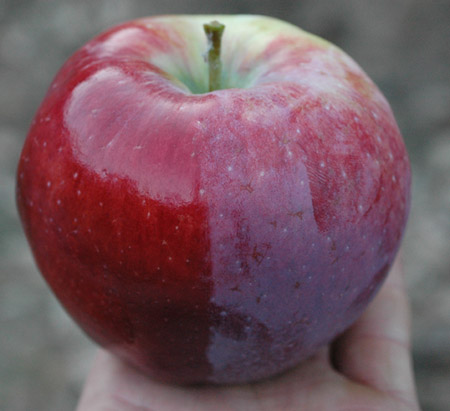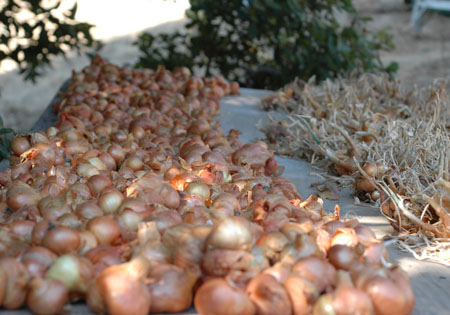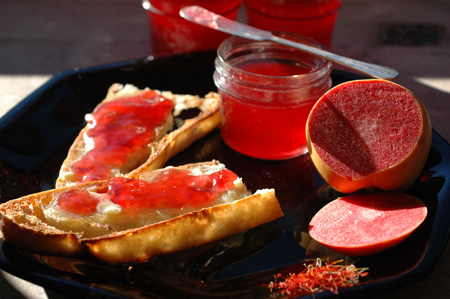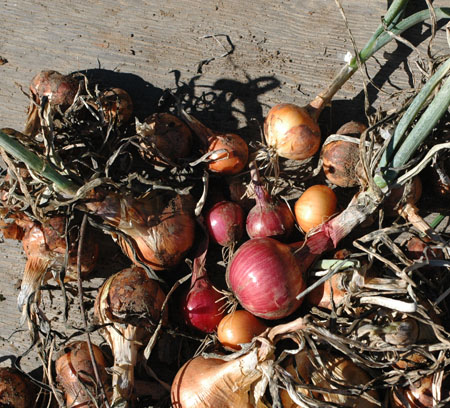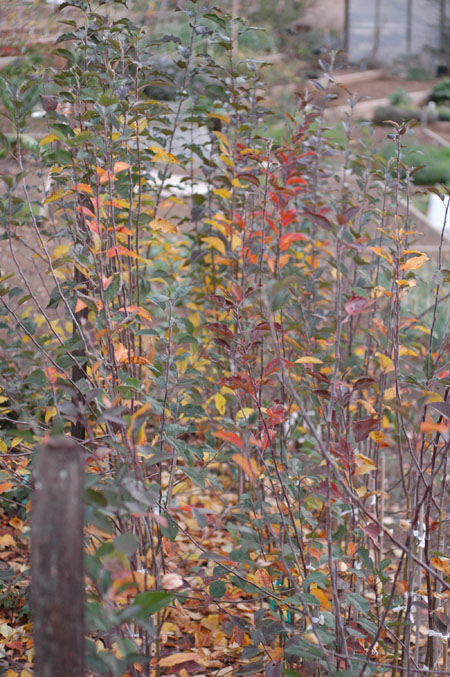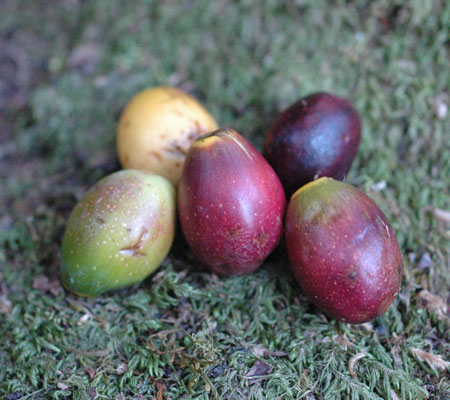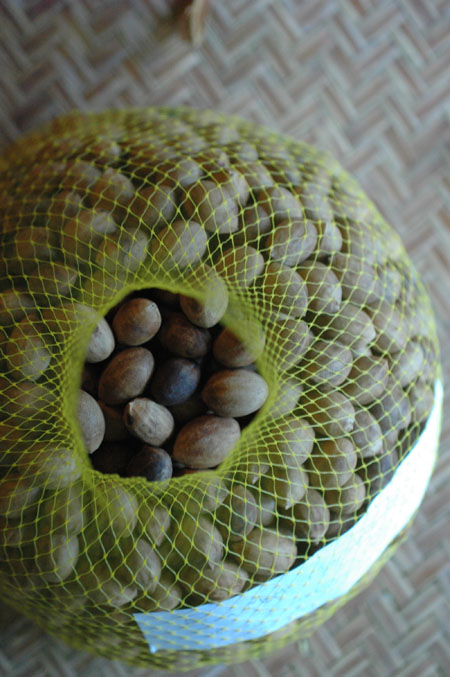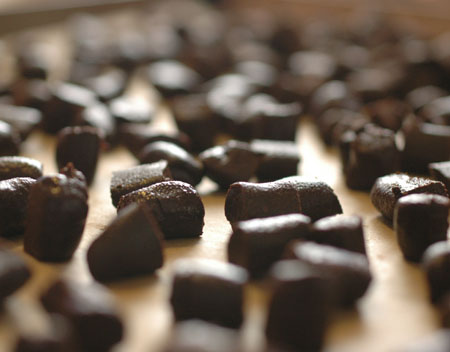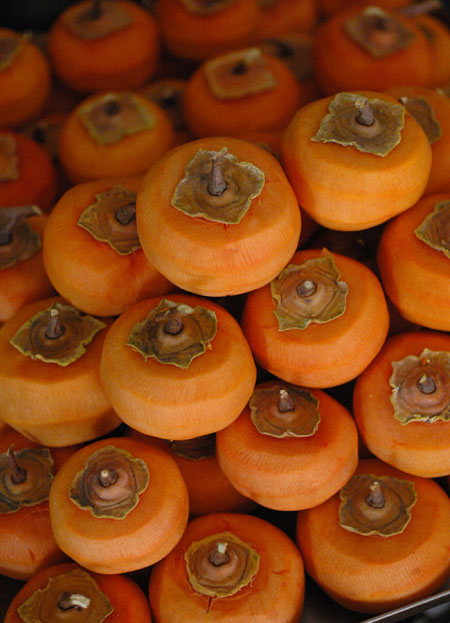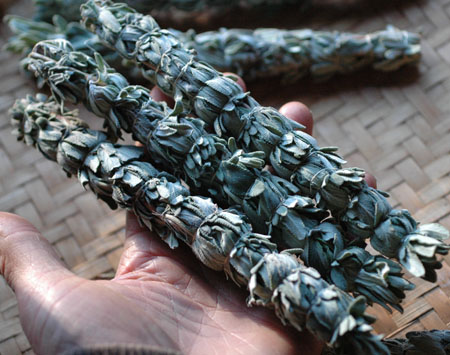Thanks for tuning in this year! The Turkeysong blog had 24,000 views in 2013, many of them from people searching the web for relevant information of some kind, which I hope they found (although searches for "How to grow a big ass" and "leek in ass" continue to trickle in as well and I hope those people weren't too disappointed). Subscriptions continue to grow and I've got plenty more to say!
I'm hoping, if I can, to start an income stream from writing and blogging, so that I can keep doing this. That will mean more books published and probably affiliate links to amazon on the blogs (Don't worry, I'm not going to try to sell you anything you don't need. I'm all about people buying less physical stuff and doing things for themselves. That's practically a mission for me. Most of them will be to books I write and maybe other books or products that I review, like the gophinator trap.) I'll probably stay away from advertising altogether, because it's just so annoying, and again, I don't want to sell people anything they don't need, because that's half of the worlds problems in a nutshell. Or if so, they will be extremely select. I should be moving to a domain too so I can get rid of the ads that come up on these free wordpress domains.
I really like blogging. Exploring new and old ideas and techniques, and sharing relevant information, are at the core of my being and always have been. I'm at something of a cross roads with the blogs and plans for other projects. I have some other blog ideas, but don't want to get spread too far out, or over-complicate things. When I started this blog, I thought it would cover all of my interests and ideas, representing the diverse enigma that I am. Since I was so immersed in homestead stuff at the time, and realized that I had built a small audience around that interest, I decided to branch off and put primitive tech stuff on the Paleotechnics site. I feel a little disjointed though, because I'm all about the integration of ideas, old and new. Being intensely immersed in paleotechnology stuff for a long time in my 20's gave me a valuable insight into environments and of the potential for all kinds of materials to be turned to use. That has been invaluable in helping me see the land, and basically everything, as a resource-scape full of potential, as well as being a sort of organism that I play a part in. Part of my philosophy is that we should aim not to reject ideas and practices categorically, but rather that it behooves us to view things for what they are and what they do and don't have to offer in the view of a larger context, and integrate or reject them accordingly. Sounds reasonable I know, but we have a strong tendency to think in black and white categories and build identities around what we are and aren't, what we do and don't do and what is and isn't too new, too old, too whatever. I'm sorely tempted to throw all my ideas and projects, new and old, together in one place and let everyone sort it out. While I don't want to alienate a specific audience either, it occurs to me sometimes that I should just write for an audience of diverse interests. On the other hand, I respect that everyone doesn't want to hear what I think about The politics and social ills of the marijuana black market economy in Northern California, or Rife machines, or how to make a stone bowl using just rocks, or a pimped out chicken powered composting system.
I also can't always find my voice when writing for different audiences. In some ways, I can best reach my generation and younger people, because we've lived in the same times and speak, to some extent, the same language. My generation is coming into positions of power and greater influence now and could use a little shaking up. (If you were to ask me, which apparently you don't have to :D.
One thought is to have a central blog that covers everything I do and will serve as a sort of news feed. That site could have just links to my other blogs and projects, or entire posts replicated. Also, anything that didn't really fit in on a another blog would go there. That is appealing in some ways, and may be the best solution, but also sounds complicated and will increase computing time and thereby decrease working time.
I'd appreciate anyone's input on these ideas and thoughts and perspectives on this blog and/or the paleotechnics blog. What you do and don't want to hear about, what you appreciate or could do without and ideas about structuring content in one place or across multiple sites, or just whatever.
Oh yeah, and once I scrounge up enough money to get a decent video camera, I'm hoping to start a TOTALLY BAD ASS YOU TUBE CHANNEL. Or is it two channels? or three? See, more spreading out :/

